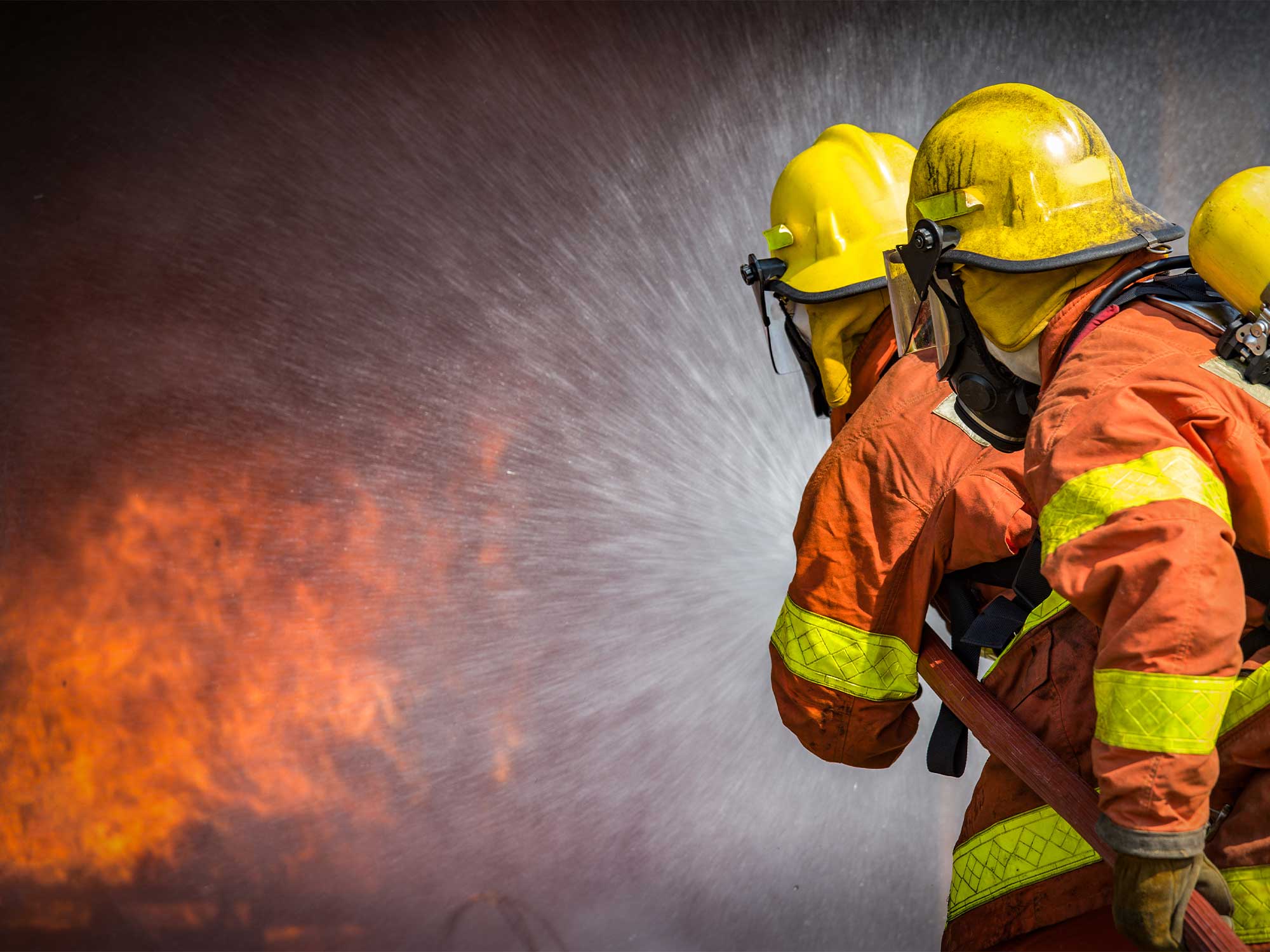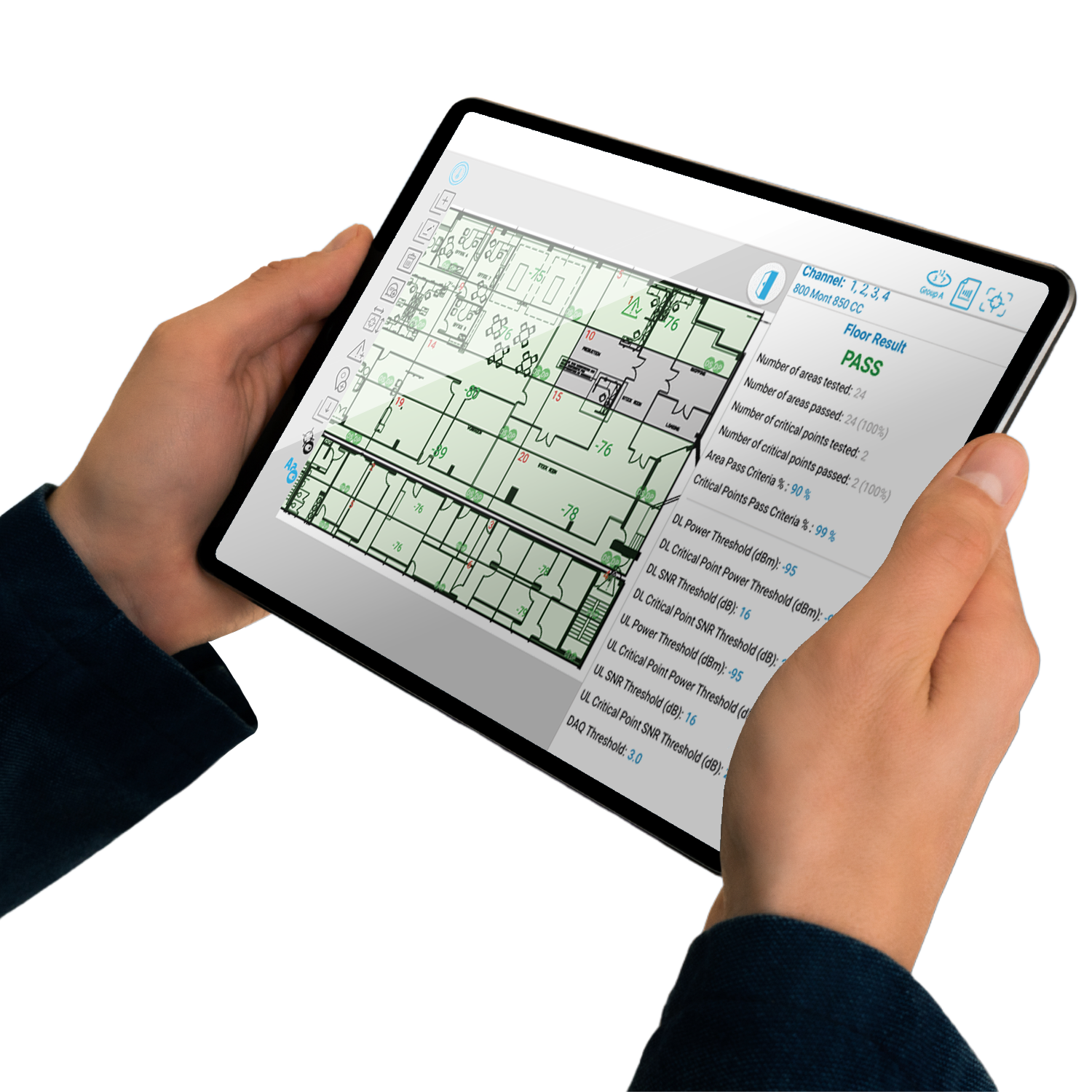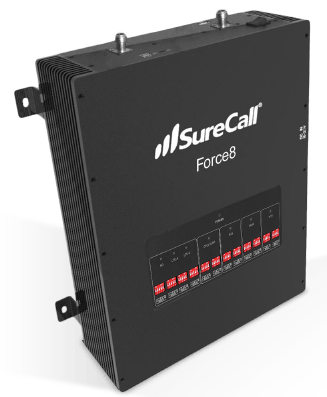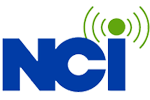Public Safety Boosters
An in-building ERCES (Emergency Radio Communication Enhancement System) usually consists of a BDA (Bi-Directional Amplifier). A BDA ensures that when police, fire, or EMS respond to an emergency in your building they will still be able to communicate with their two-way radios once they enter your building. Fire Marshals and building inspectors consider it dangerous to have weak to no public safety radio signals because it has caused disasters. Fill out the form at the bottom of this page to get started with testing the signal in your building.
How do BDAs work?
A BDA (Bidirectional Amplifier) is a form of signal boosting technology. It’s paired with antennas and other sensors based on the design you prefer. The graphic below demonstrates how it grabs the signal from towers outside and repeats the signal indoors.
![[email] How Do Signal Boosters Work](https://www.nielsoncom.com/wp-content/uploads/2022/12/email-How-Do-Signal-Boosters-Work.png)
Benefits of a
Public Safety Booster
- Better radio audio quality for first responders
- Fast, real-time connection to nearby radio towers
- Keeps your building safe and compliant
- Increased employee morale
- Increased reputation as a business
- Potential to save several human lives during an emergency.

Process of Signal Boosting
1. Signal Strength Test
One of our technicians will come to the building to do a site survey to determine in a grid-view, pass-fail system, whether a booster is really needed.
2. Design
We work with you to determine the best places to put the BDAs (Bi-Directional Amplifiers) based on the site survey and your personal preferences.
3. Installation
Our radio technicians will come back on a set date and time to install the system based on the design you and the authority having jurisdiction have approved.

BDA Requirements
- Must be a building owner or manager who can make decisions on the building’s infrastructure.
- Must have sufficient signal outside the building in order to repeat the signal inside the building.
- Must complete certified signal test, and authority having jurisdiction must approve results and design before installing BDA system. You must prove true poor coverage.

Wisconsin on
Public Safety In-Building Coverage
Ultimately, it is up to your building’s authority having jurisdiction to decide which codes to enforce. Wisconsin State Legislature SPS 361.03 (14) provision states that in the State of Wisconsin, buildings must follow IBC 916.1 (International Building Code) along with IFC 510 provision (International Fire Code). We’ve broken this down into simple guidelines listed below:
Guidelines
All existing buildings must have sufficient Public Safety communication coverage.
All new buildings must have sufficient Public Safety communication coverage.
Coverage on the exterior of a building is taken into account when comparing the interior coverage.
Signal enhancement equipment must be approved by building code and/or fire code officials depending on your jurisdiction.
Radio signal strength. 95% of all areas on each floor must be covered by at least -95 dBm strength.
The type of signal booster, system design, and installation plans must all be approved by state officials before installation.
Exemptions:
For complete details see code here
- Agricultural purposed buildings
- Classrooms that are one-room, rural, or operated by members of a religious denomination.
- Community residence of 8 or fewer tenants
- Home-based licensed businesses
- Temporary buildings
- Any building on tribal property
PUBLIC SAFETY BOOSTERS
An in-building ERCES (Emergency Radio Communication Enhancement System) usually consists of a BDA (Bi-Directional Amplifier). A BDA ensures that when police, fire, or EMS respond to an emergency in your building they will still be able to communicate with their two-way radios once they enter your building. Fire Marshals and building inspectors consider it dangerous to have weak to no public safety radio signals because it has caused disasters. Fill out the form at the bottom of this page to get started with testing the signal in your building.
How do BDAs Work?
![[email] How Do Signal Boosters Work](https://www.nielsoncom.com/wp-content/uploads/2022/12/email-How-Do-Signal-Boosters-Work.png)
A BDA (Bidirectional Amplifier) is a form of signal boosting technology. It’s paired with antennas and other sensors based on the design you prefer. The graphic above demonstrates how it grabs the signal from towers outside and repeats the signal indoors.
Process of Signal Boosting
1. Signal Strength Test
2. Design
3. Installation
Our radio technicians will come back on a set date and time to install the system based on the design you and the authority having jurisdiction have approved.

BDA Requirements
- Must be a building owner or manager who can make decisions on the building’s infrastructure.
- Must have sufficient signal outside the building in order to repeat the signal inside the building.
- Must complete a certified signal test, and the authority having jurisdiction must approve results and design before installing BDA system. We can assist with all of this.
Why Boost my Employees’ Cell Signal?
Landlines are continuing to decrease every year. The only form of calling we have left is either two way radio or cell phone. Amplifying the cellular signal in your building would make communication easier among supervisors and it would safeguard everyone who enters the building. If you are a building owner or manager that uses cell phone jammers or purposely advocates for no cell signal at work or school then consider this:
- First, if you’re using signal jammers, we highly suggest stopping. It is a felony and a hefty fine if caught.
- Cutting off cell service also cuts your employees off from the outside world with no warning of disastrous weather or emergencies outside of work.
- Most importantly, it prevents anyone from using 9-1-1 while instead the walls of your building and dead zones are dangerous for ALL of the people inside your building.
